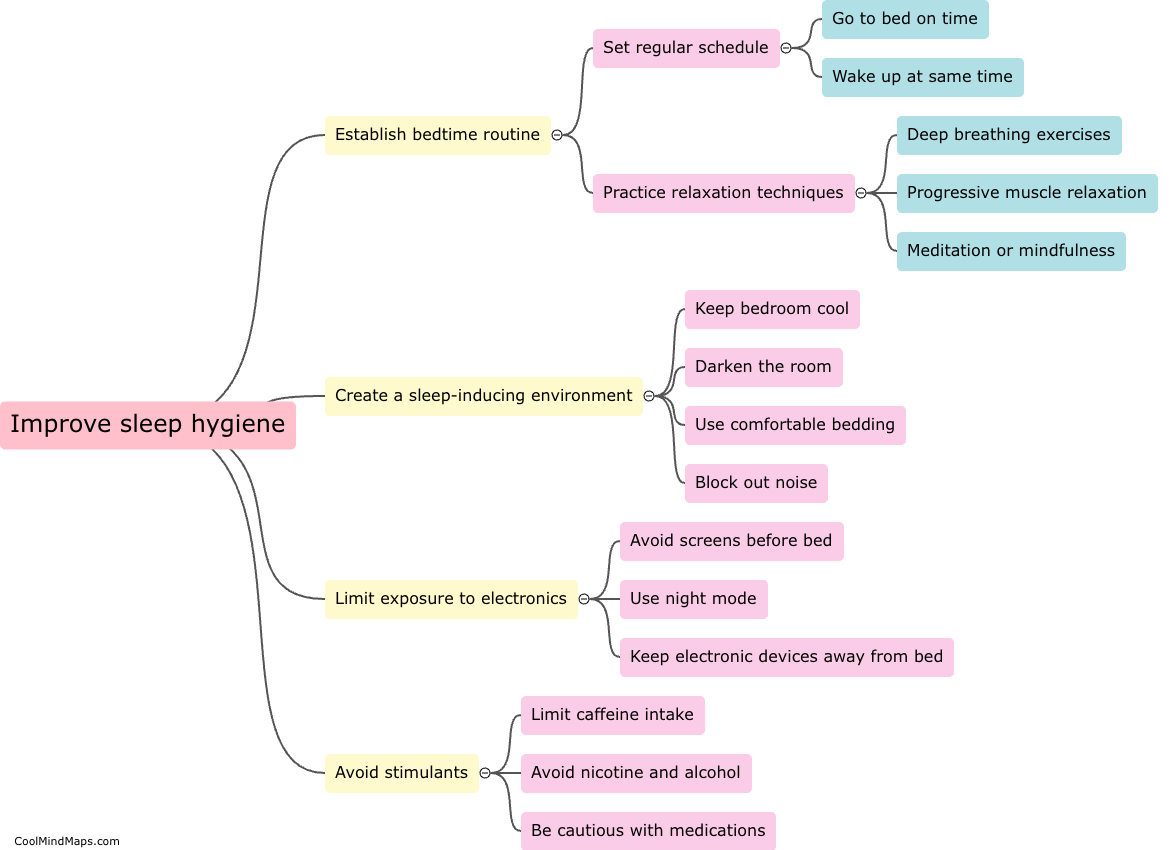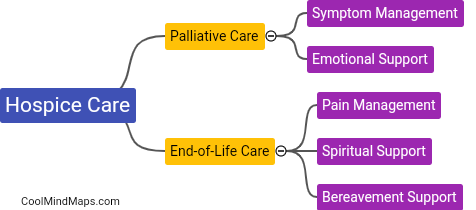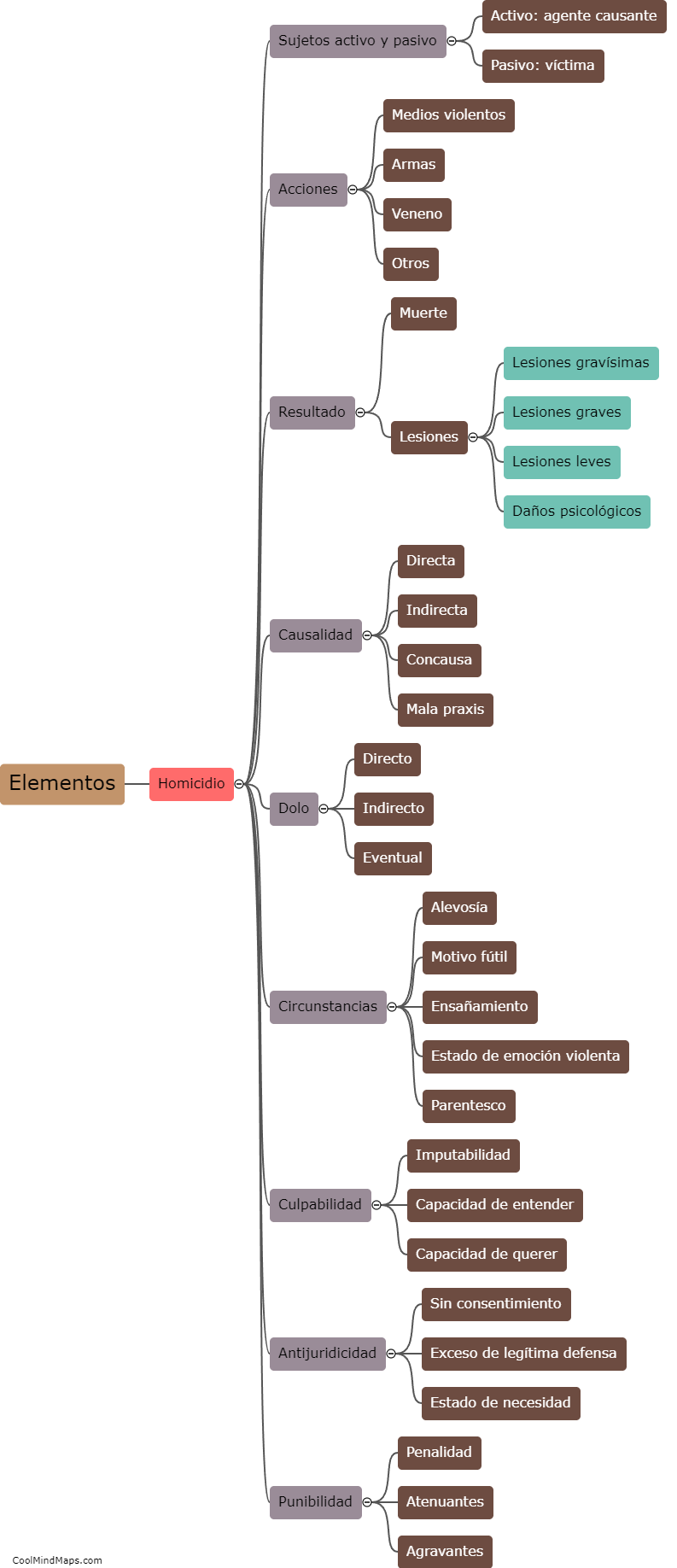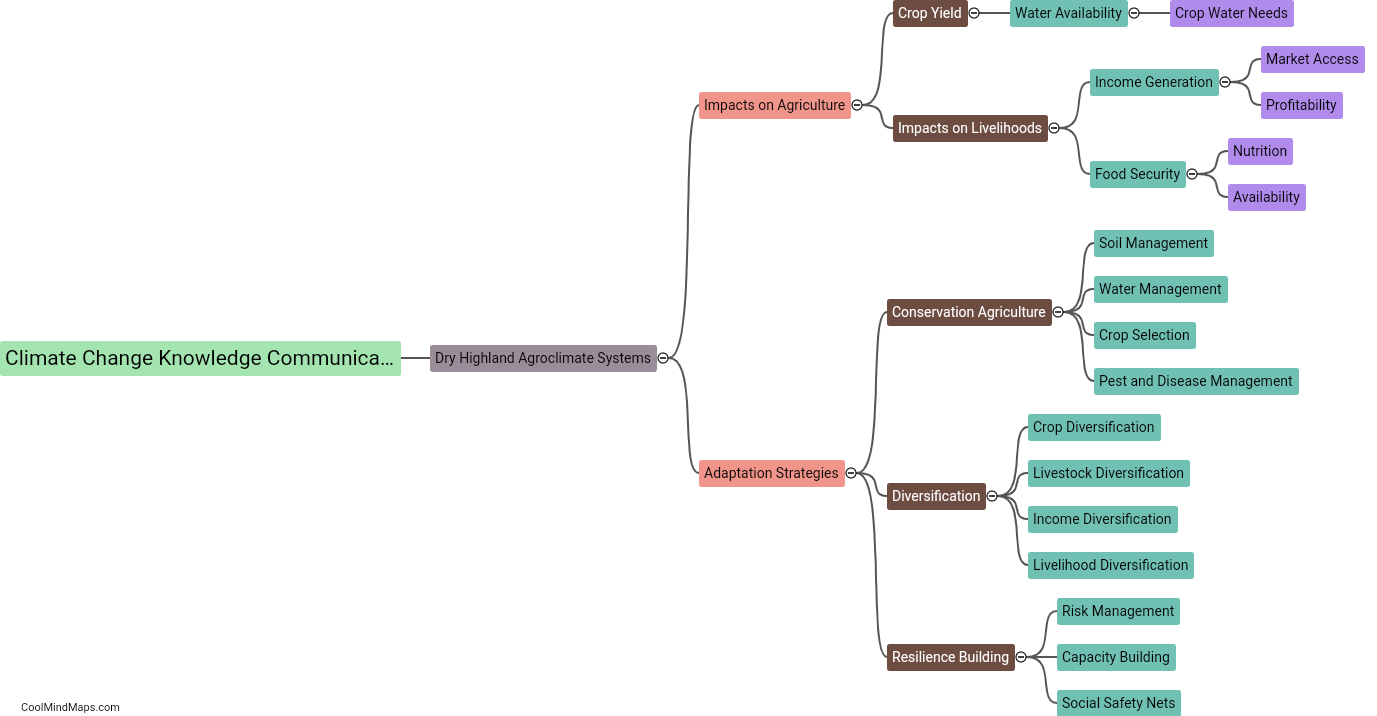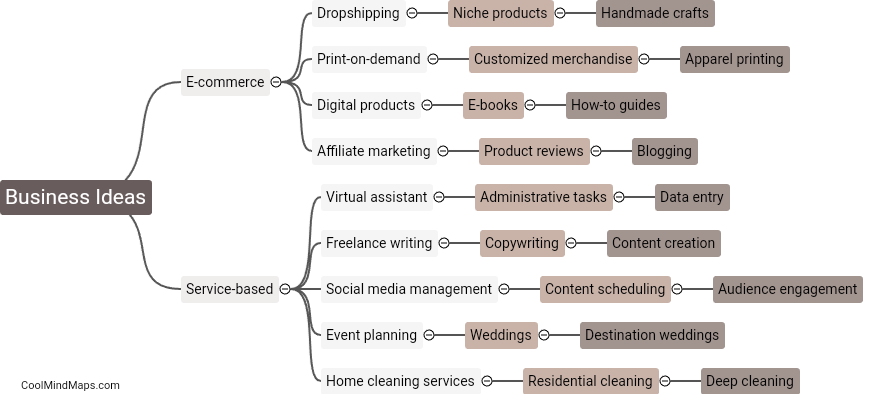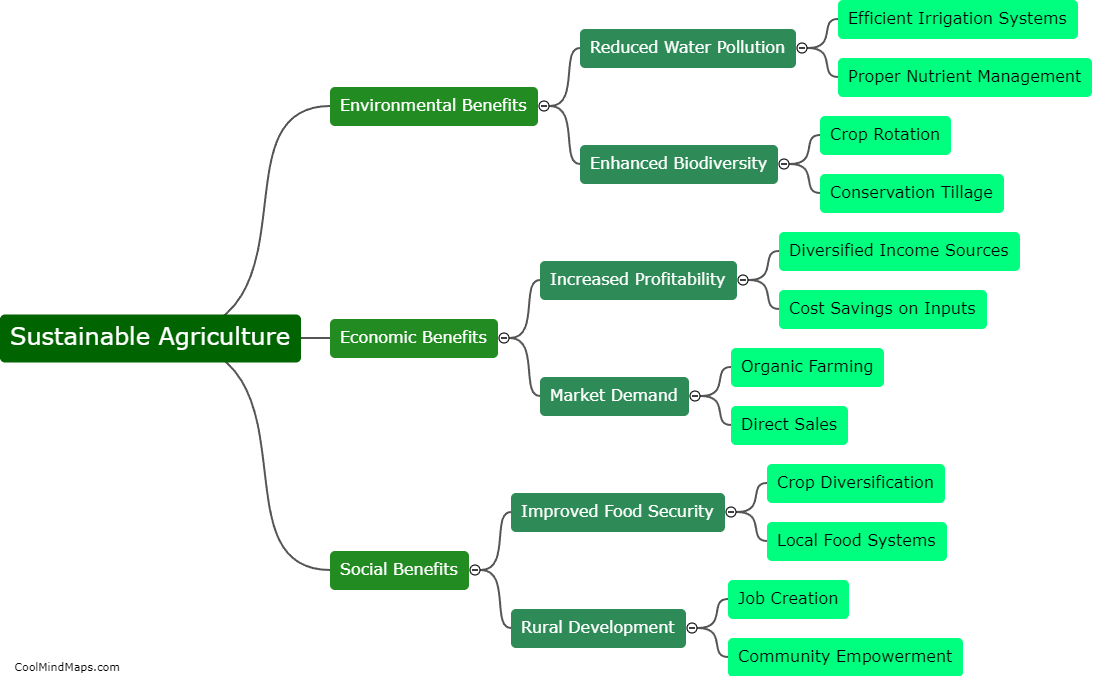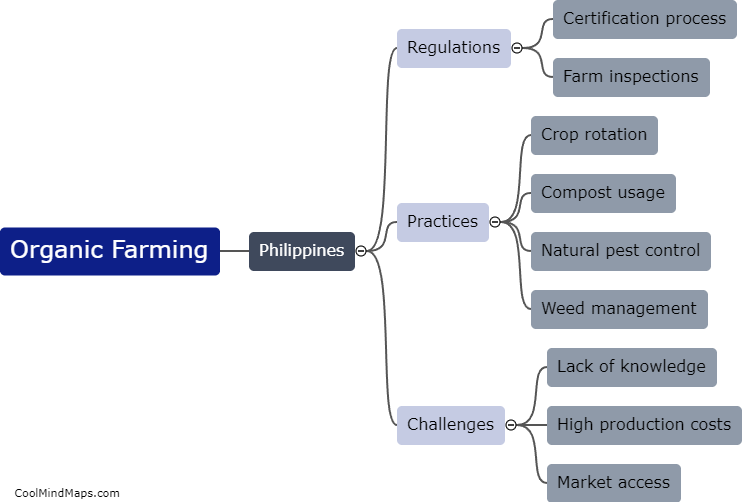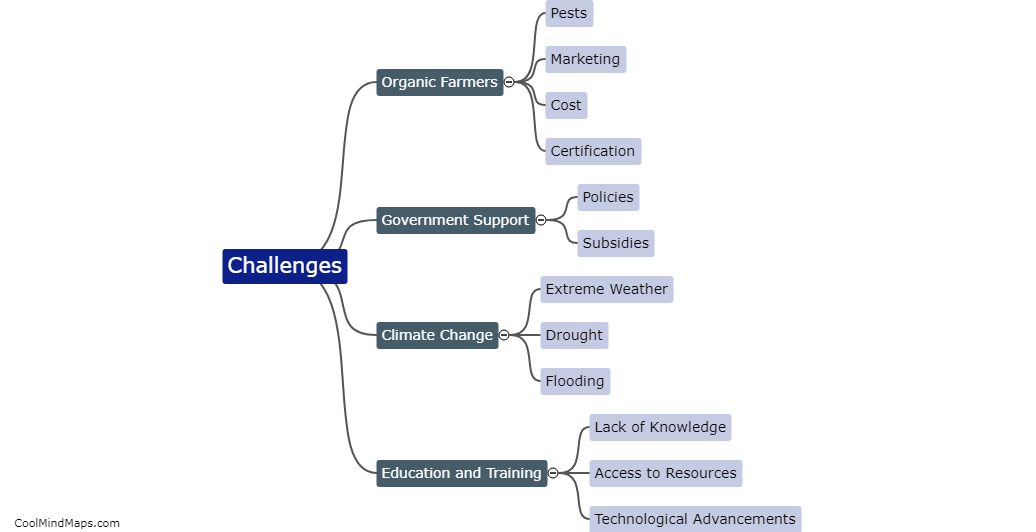How can a resilient food system be achieved in the Philippines?
A resilient food system in the Philippines can be achieved through a combination of strategies that address various aspects of the country's agricultural sector. Firstly, there should be investments in infrastructure such as irrigation systems, post-harvest facilities, and transportation networks to support efficient and sustainable food production and distribution. This would enable farmers to increase their productivity and reduce post-harvest losses. Additionally, promoting climate-smart agriculture practices, such as diversification of crops, use of drought and flood-resistant varieties, and adoption of sustainable farming techniques, would help farmers adapt to climate change and mitigate its impacts on their yields. Enhancing access to credit and insurance services for farmers would also enable them to manage risks better and recover from shocks more effectively. Moreover, implementing policies that reduce dependency on imports, promote local food production, and support small-scale farmers, such as providing subsidies and technical assistance, would contribute to a stronger and more resilient food system in the Philippines.
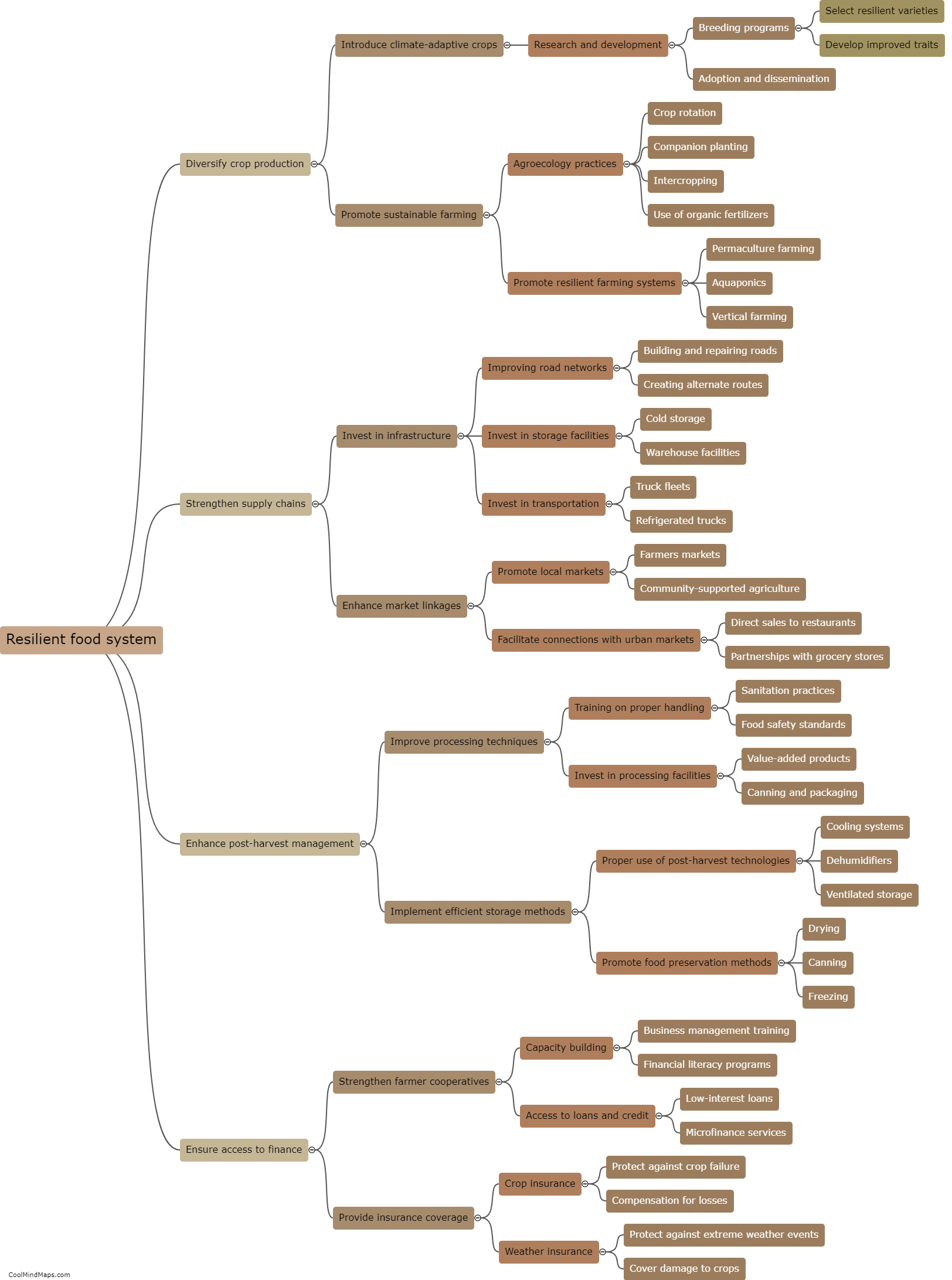
This mind map was published on 2 July 2023 and has been viewed 101 times.

